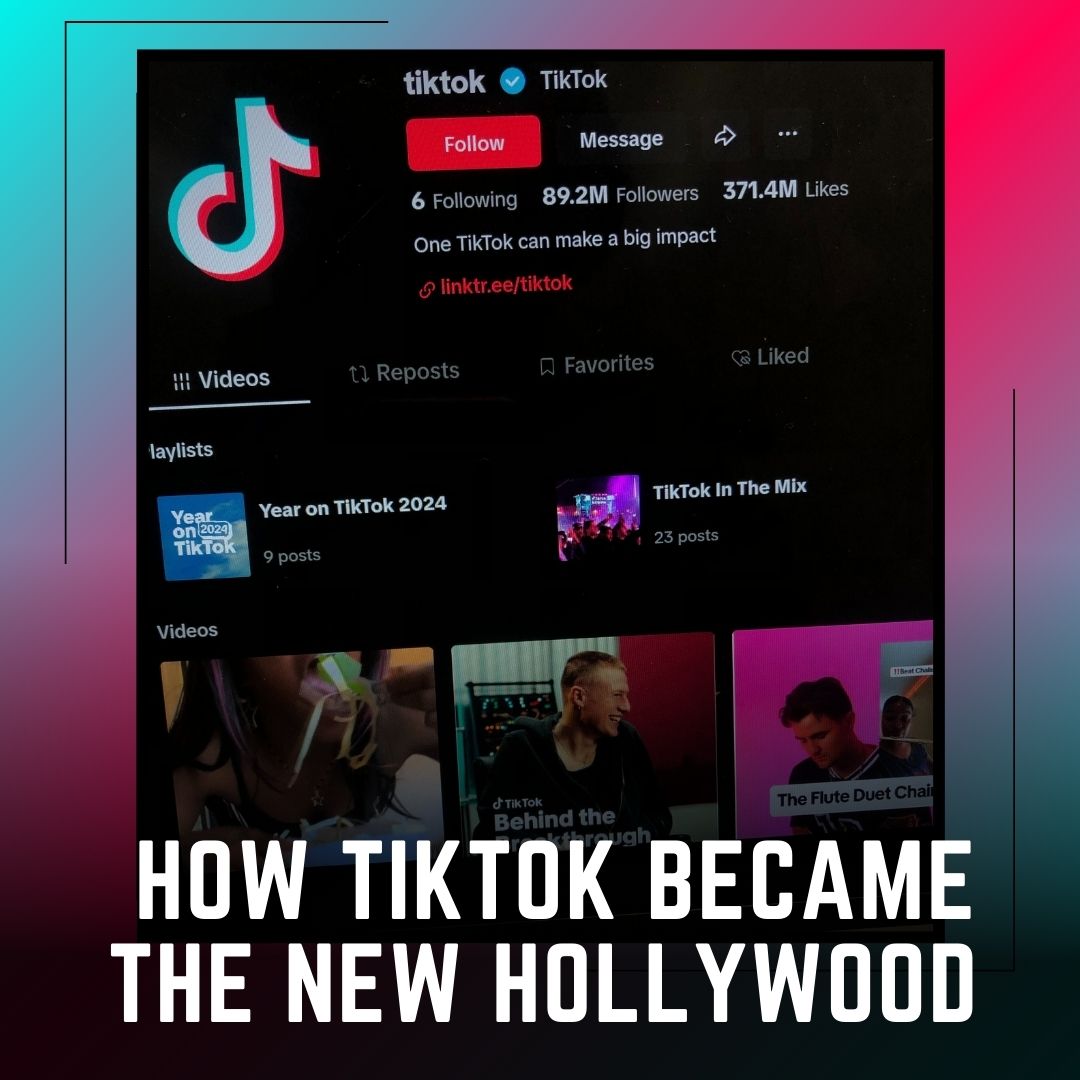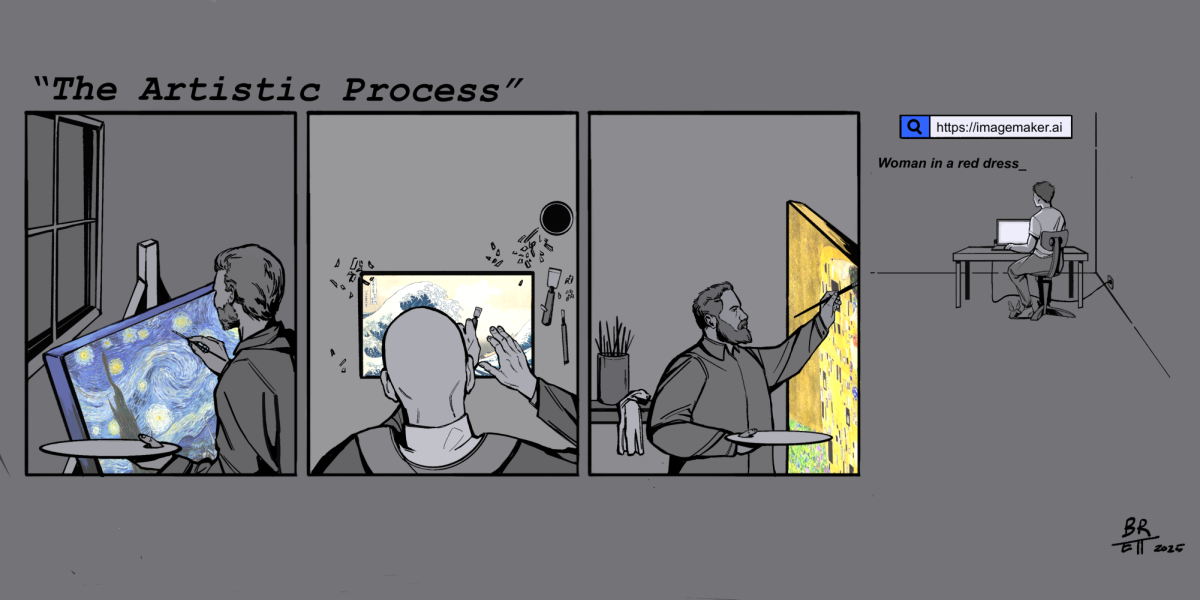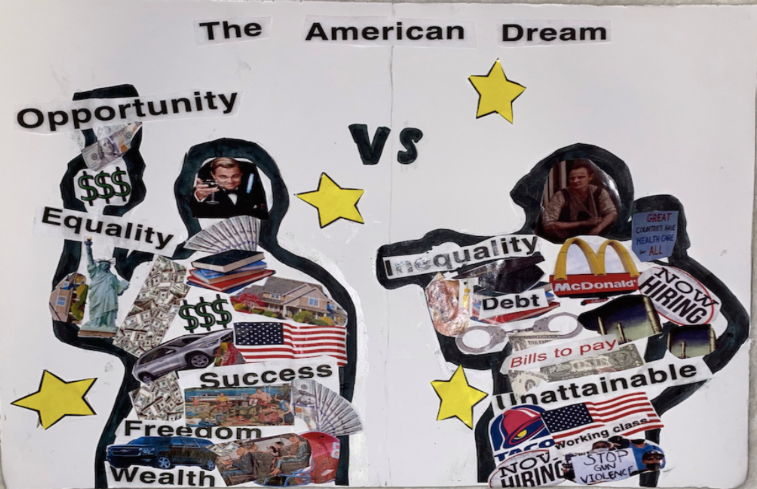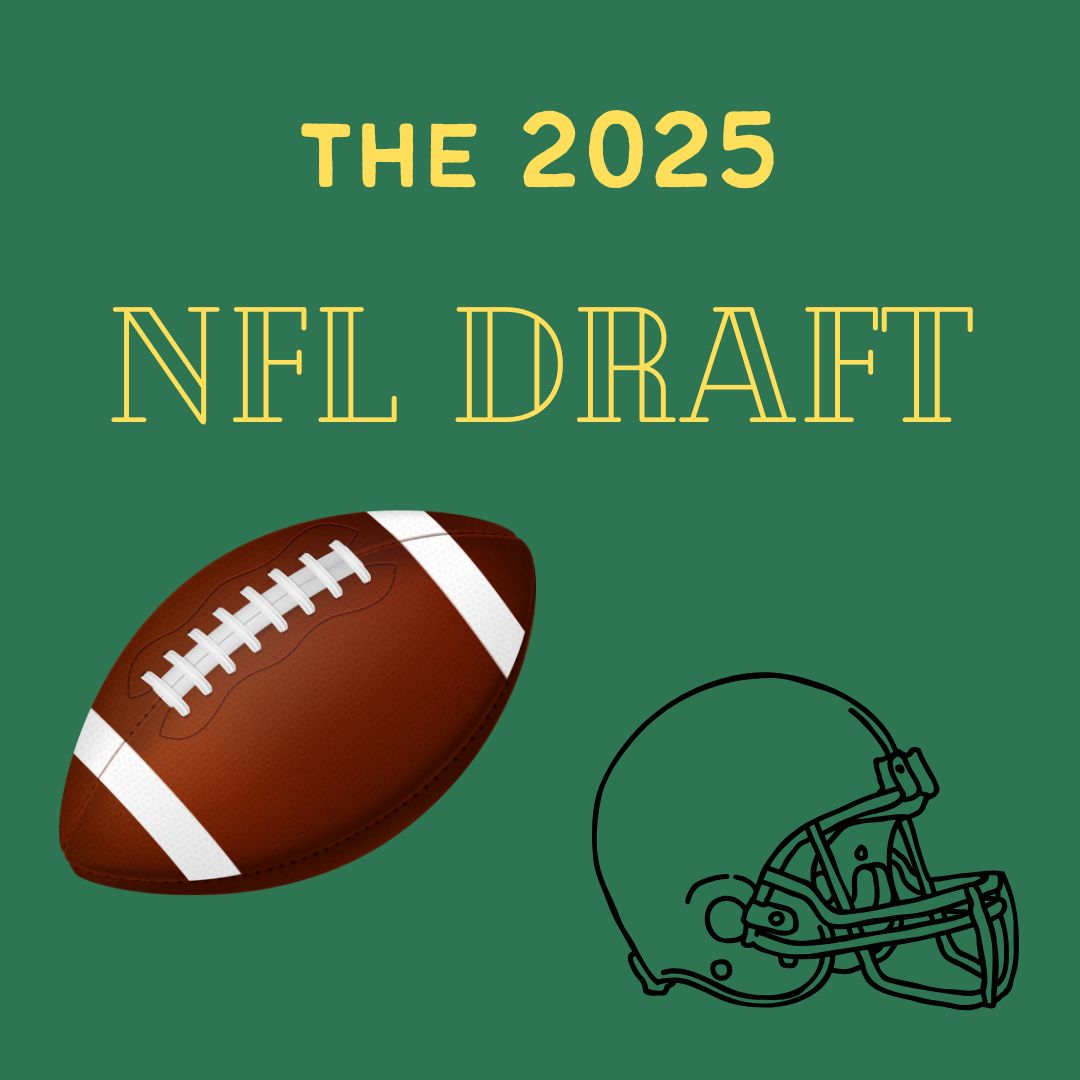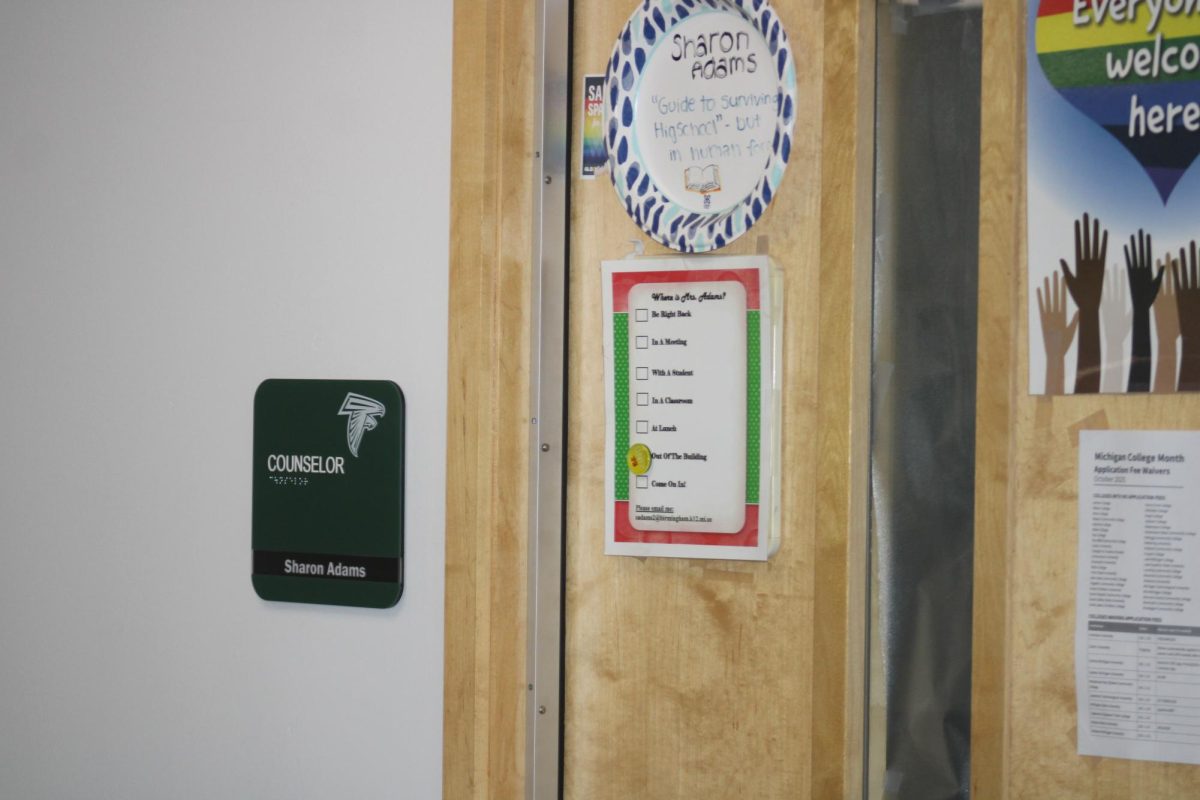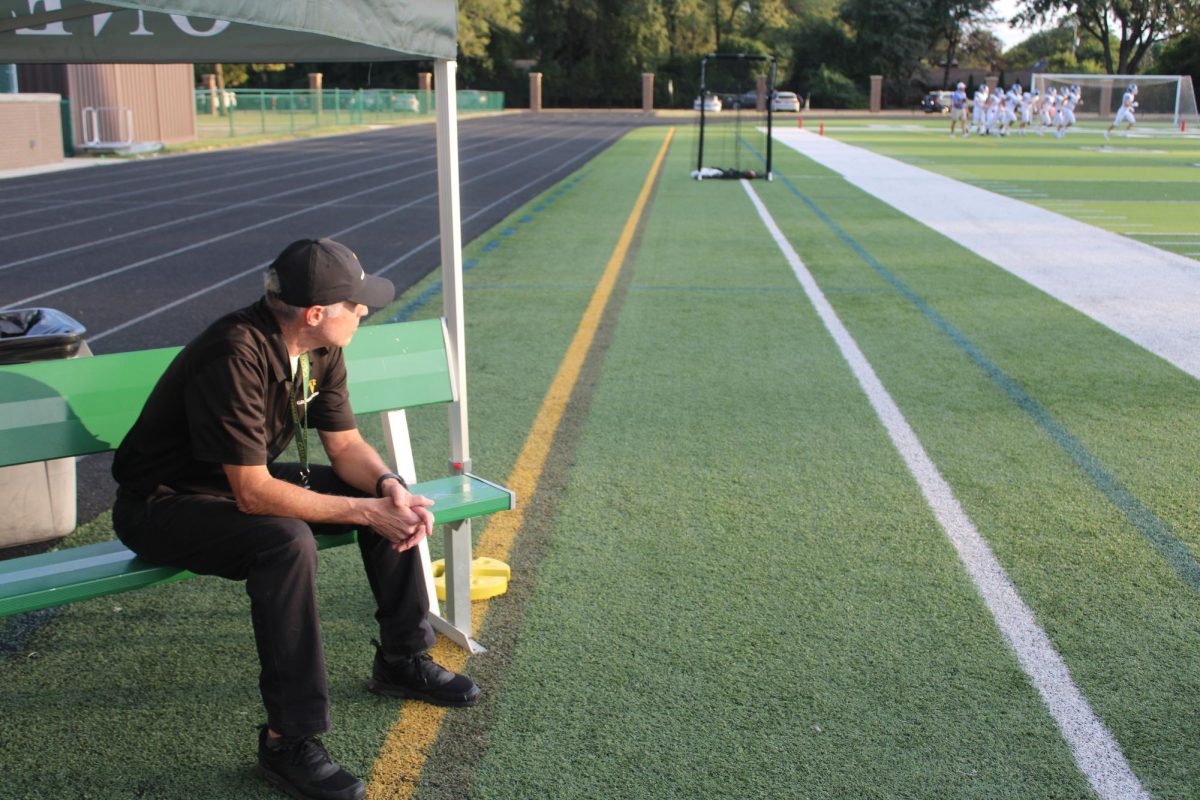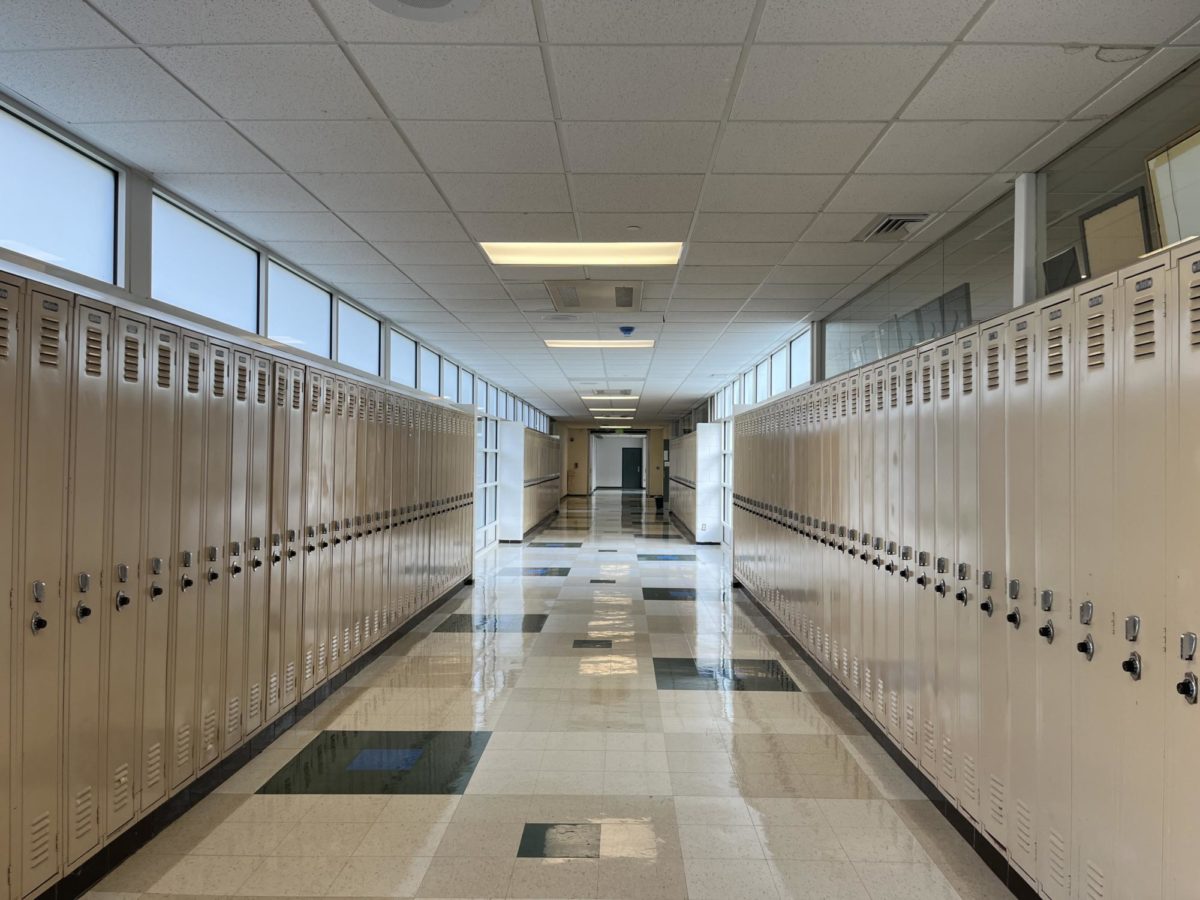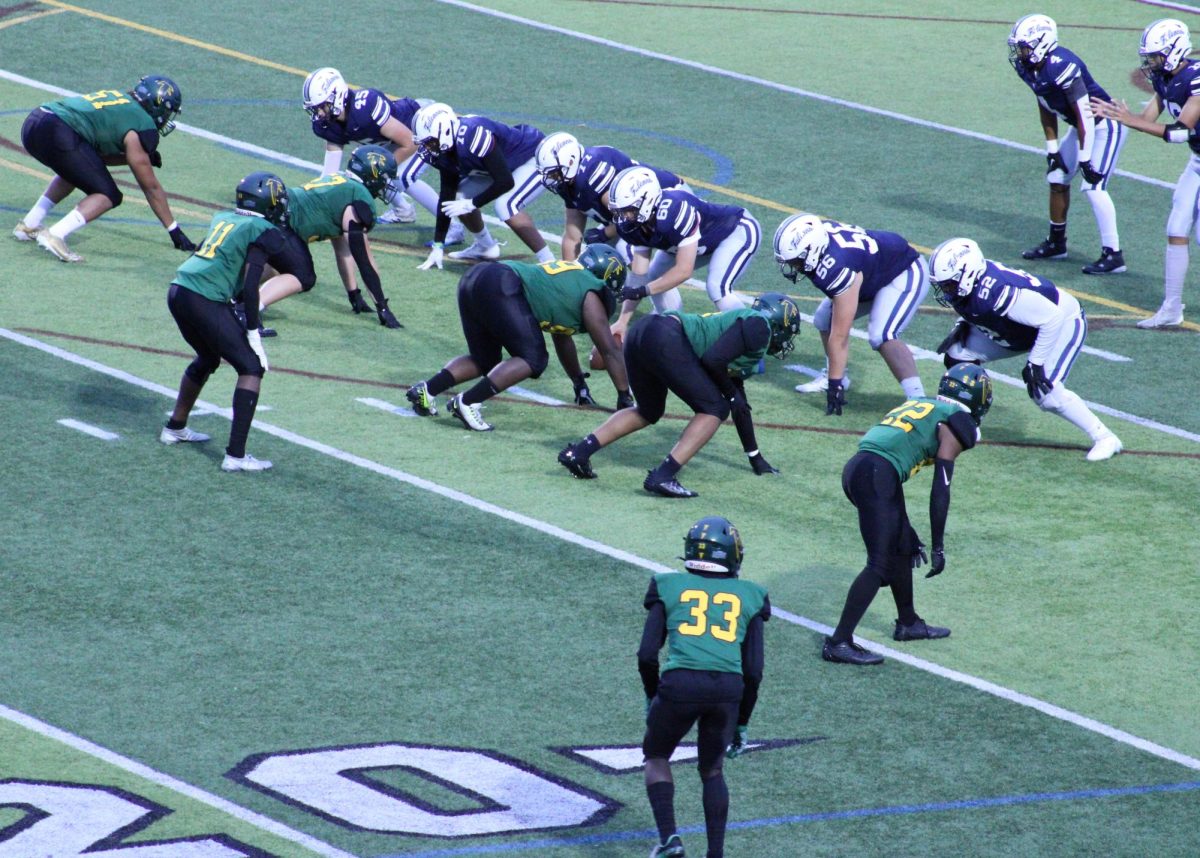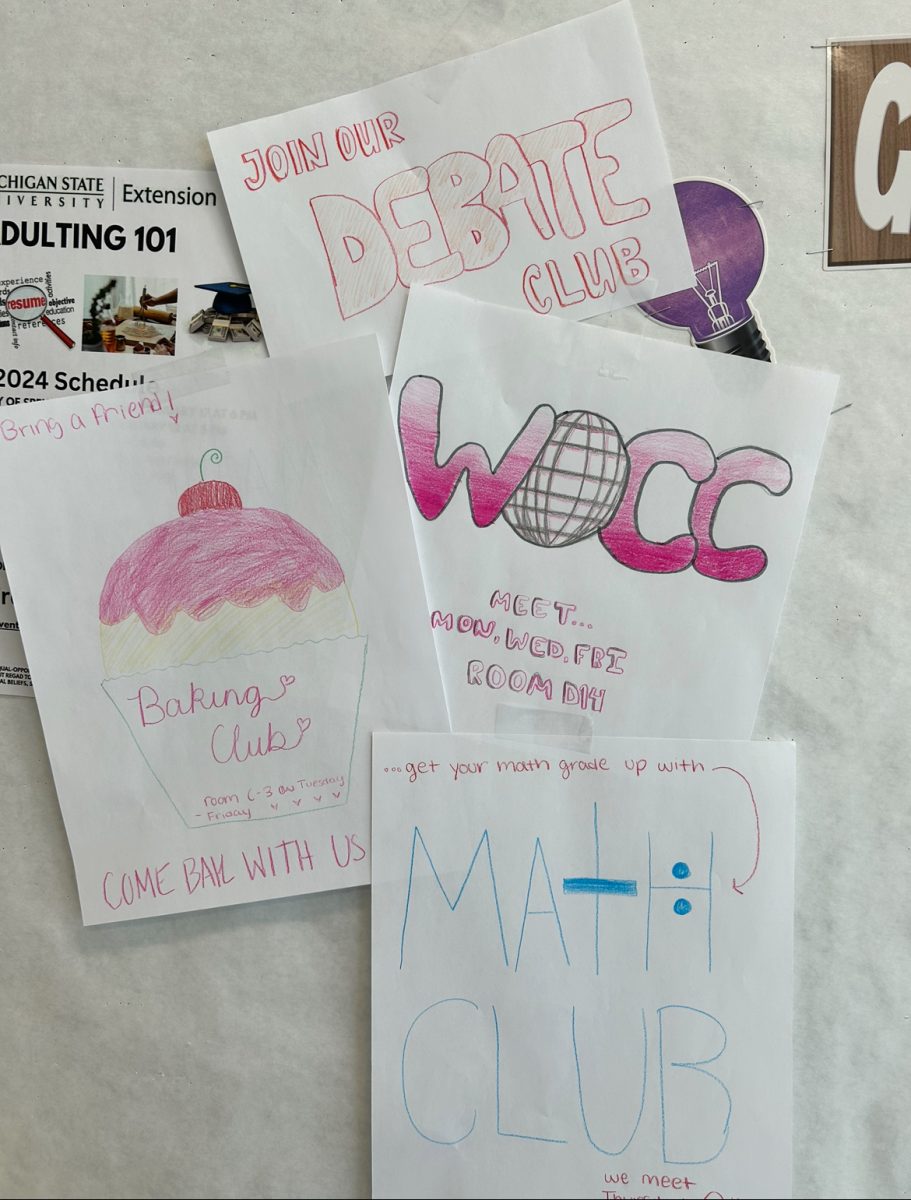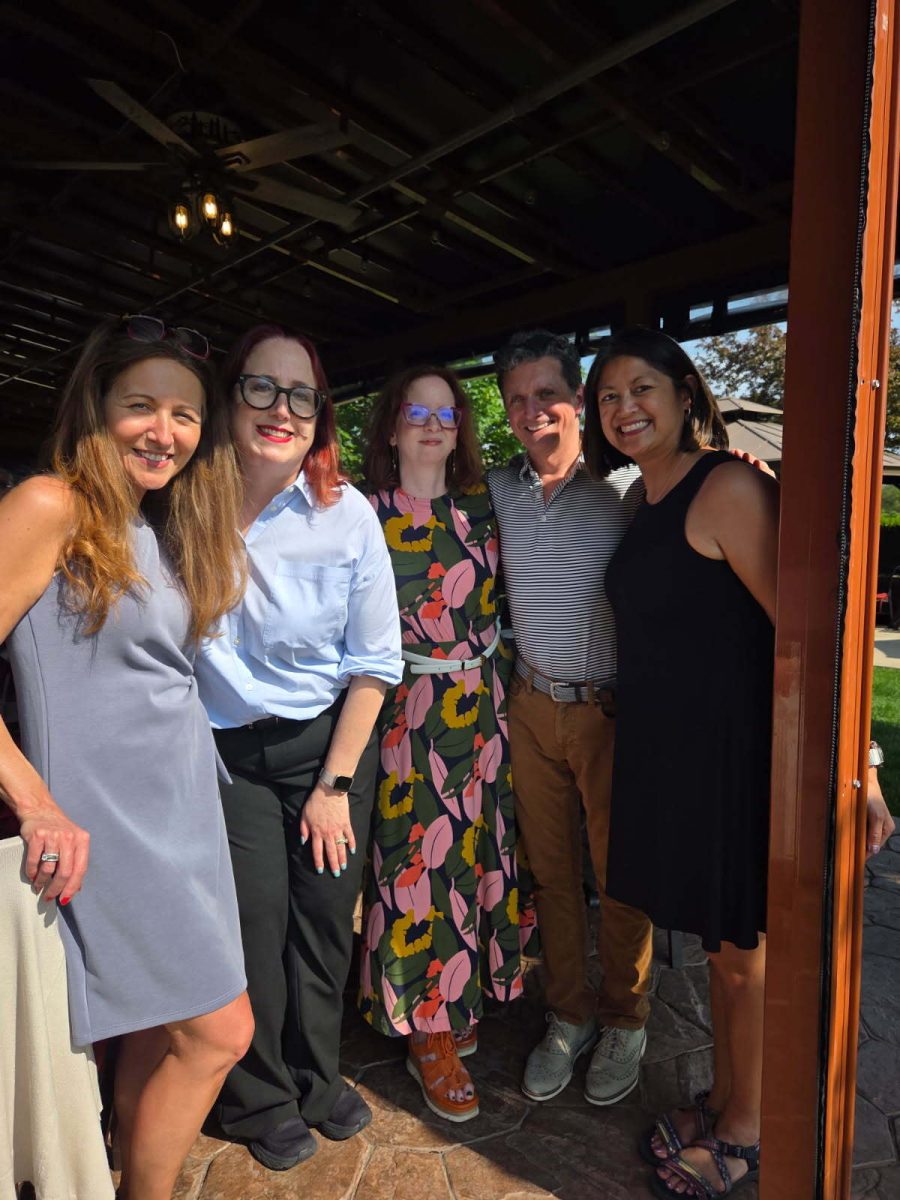For generations, the “American Dream” has been a beacon of hope, the promise that if one works hard and is persistent, they can transcend their status and achieve success. But in our times of fast-rising living costs, student loans and growing inequality, millions are questioning: is that dream still achievable, or is it an illusion? As we progress through 2025, it’s time to redefine what the American Dream is and examine whether it is still alive for the average American.
Perhaps the most significant threat to the American Dream is increasing economic inequality. While the wealthiest Americans are accumulating larger and larger fortunes, income for the working and middle class has levelled off. The divide between the top 1% and the others has expanded enormously, so it is becoming increasingly difficult for ordinary people to improve their economic status. Without genuine upward mobility, the very essence of the American Dream begins to crumble.
Yet another gigantic barrier between achieving the dream is the prevalent and skyrocketing cost of housing. Home ownership, yet another traditional expression of attaining the American Dream, in the majority of metropolitan cities has become increasingly difficult for middle or lower-class families to obtain. Overpricing, reduced supply and inflation have pushed savings towards a down payment that is impossible for large groups of diligent families. As rent rises, home ownership fantasies are now an illusion rather than a likely destination.
As we shed light upon the issues faced by today’s challenged generations, we realize that financial burdens, especially related to student loans, have proven to be an insurmountable barrier to future success. With over 1.7 trillion dollars in student loans nationwide, many young adults are starting their financial lives in the negative. This weight not only prevents them from being able to invest in homes or businesses, but also affects their mental health and long-term planning. The crushing weight of debt makes the traditional road to success, such as education, career, and homeownership, more difficult to achieve.
Despite all these challenges, the American Dream is far from dead; it is evolving. Millennials and Gen Z alike are redefining success in terms of work-life balance, meaningful jobs and happiness rather than just money. New paths through the gig economy, remote work and online business are opening up other pathways to success. However, to keep the dream alive for future generations, reforms to multiple systems, such as wealth distribution, housing affordability and education accessibility are incredibly necessary. The American Dream traditionally represents the idea that anyone can achieve success if they try hard enough. On the flip side, it has come to encompass elements of well-being and social justice, highlighting the need for inclusivity and accessibility in opportunities for all.


